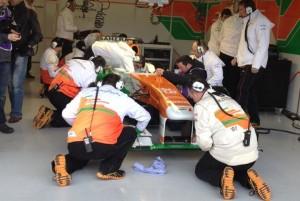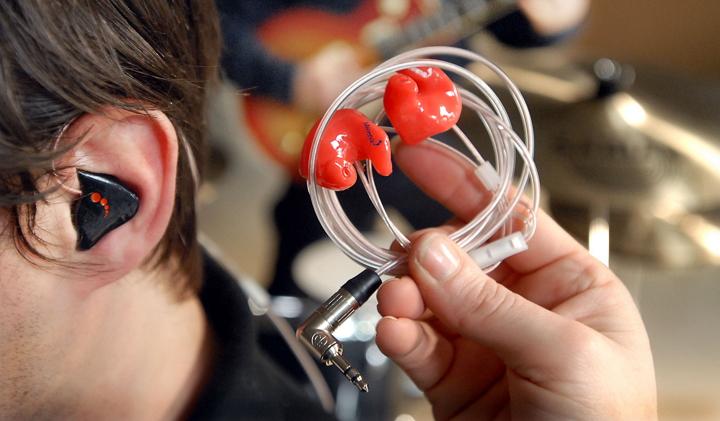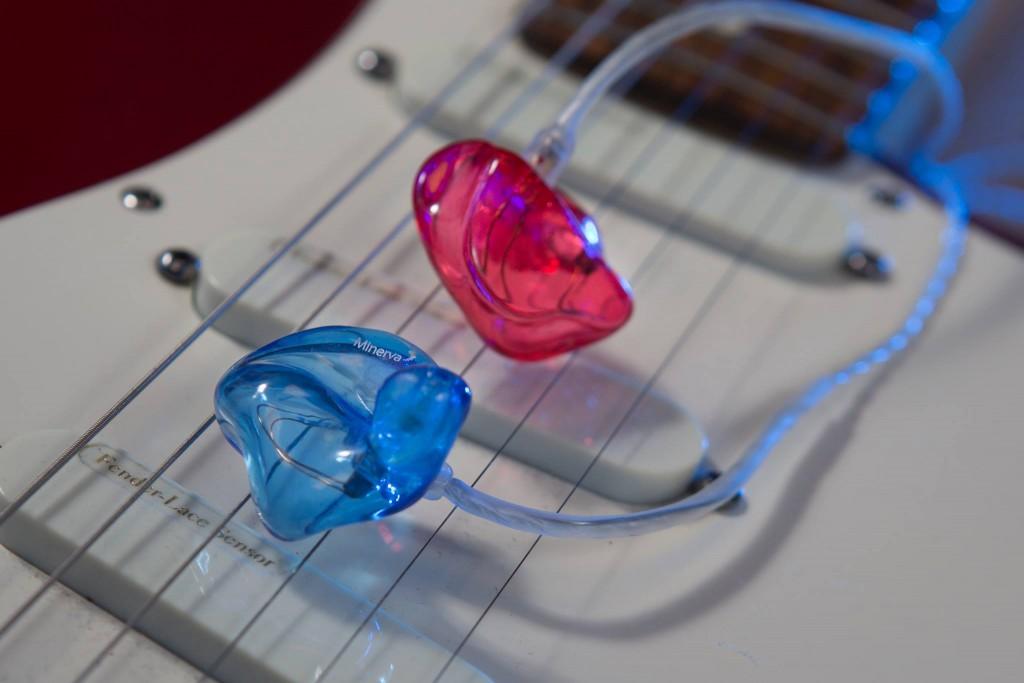Let’s look at the most attractive features of this amazing device.

Most attractive features
What sets this device stand out is its amazing features and user-friendly application. If you look at the benefits you would receive out of it, you would immediately go and order.
- Two separate and waterproof microphones: What are most important in this device are its two separate microphones. They are very useful in directional hearing while shooting and the sound quality is excellent. If you wear this while shooting practice or for playing or for theatrical purpose, nothing can pass through without you hearing it first. They are also waterproof which means you can use it anywhere you choose even amid the worst weather condition.
- 300 hours of battery life: The people who have used it have reported that this device has more than 300 hours of battery life which is beyond anyone’s expectation from this range of headphones. MSA Sordin Supreme Pro-x has 2 x AAA batteries which support the hearing without any need to connect it for recharging the batteries.
- Excellent design: What most people look at especially shooters are slick designed head phones because all the time they need to wear it. They also want both of the cups to be slim so that it would be easier for them to carry it. In this device both cups are slim which is perfect for both right hand and left hand shooters.
- Black fabric headband cover: This device comes up with black fabric headband cover which increases the attractiveness of this device. The band protects the headphone from scratches and dust and it is also a perfect fashion statement for the people who use it.
- Provide high amplification: The ear head would be such that nothing can pass through without creating a penetration in the ears of the users. This device provides high amplification which means that every minute sound also reaches the ears of the users. In this range of headphones, it is magnificent.
- AUX Input: This device is provided with AUX input meaning 3.5mm through which one can connect the other device. For example, if you are going for tracking a dog, you can connect the dog tracking device with the AUX input of this device. If you are on hunting, you can connect your hunting radio with it. Or else if you simply want to listen to music you can do that too, just attach the CD player with the AUX input. The advantage is that with this device the mono cable is also included.
- Waterproof battery compartment: Not only the microphones, the batter compartment of this device is also water proof that means you don’t need to worry about the battery as well. If you need to go out in a situation where the weather is not good enough, you don’t need to think about your battery compartment. They are already secured.
- Long duration wearing time: Due to its high ear protection, the people who love to play recreational games or love shooting can wear it for more than 6 hours a day without having any issues. And if you are shooting a rifle it also doesn’t act as a hindrance while shouldering the rifle.
- Noise cancelling is excellent: Most people who have used it have reported that the noise cancelling of this device is excellent. When they wear it they can hear everything clear and as it is. Noisy environment cannot affect their hearing while wearing this device.
- Warranty: The electronic parts of the device are warranted for 5 years meaning you can use it as much as you want for 5 years.
- NRR: The Noise Reduction Rating (NRR) for this device is 18 dB which is very quiet level. As already mentioned having 18 dB as rating means excellent noise reduction mechanism.
While only rare devices have no weaknesses, MSA Sordin Supreme Pro-x is one of them. According to users there are no demerits whatsoever in using this device. It is easy, reasonably priced, provides excellent sound quality and perfect partner for people who love shooting and recreational games. Now they can experience the benefits of this amazing, smart device.




 The company has produced more than one million 3D printed products at their Cardiff manufacturing center. Minerva was one of the first companies to embrace additive manufacturing as a commercial proposition, and Davies says they acquired their first 3D printer in 2004 “at a cost in excess of $150,000.†They also received
The company has produced more than one million 3D printed products at their Cardiff manufacturing center. Minerva was one of the first companies to embrace additive manufacturing as a commercial proposition, and Davies says they acquired their first 3D printer in 2004 “at a cost in excess of $150,000.†They also received
